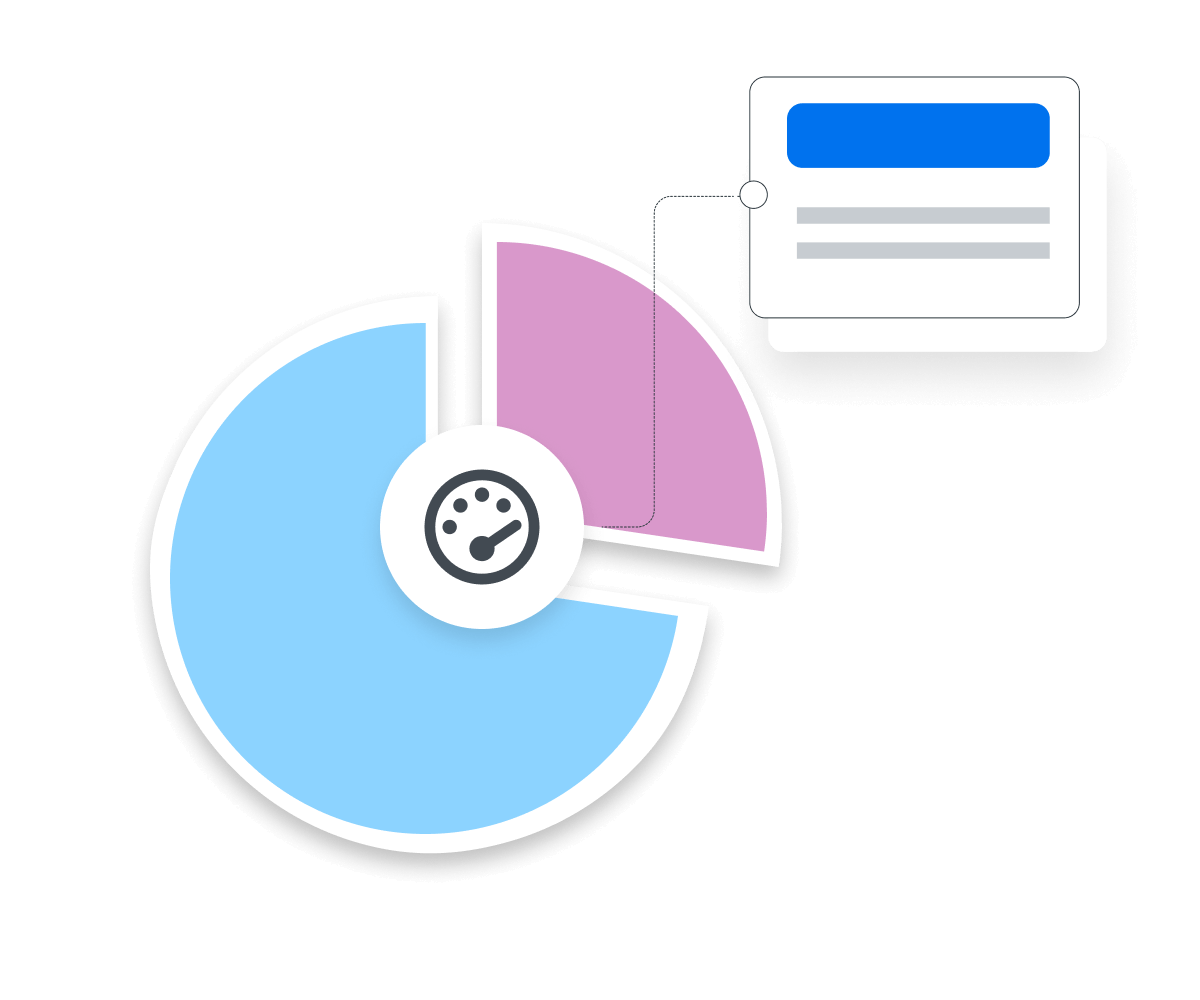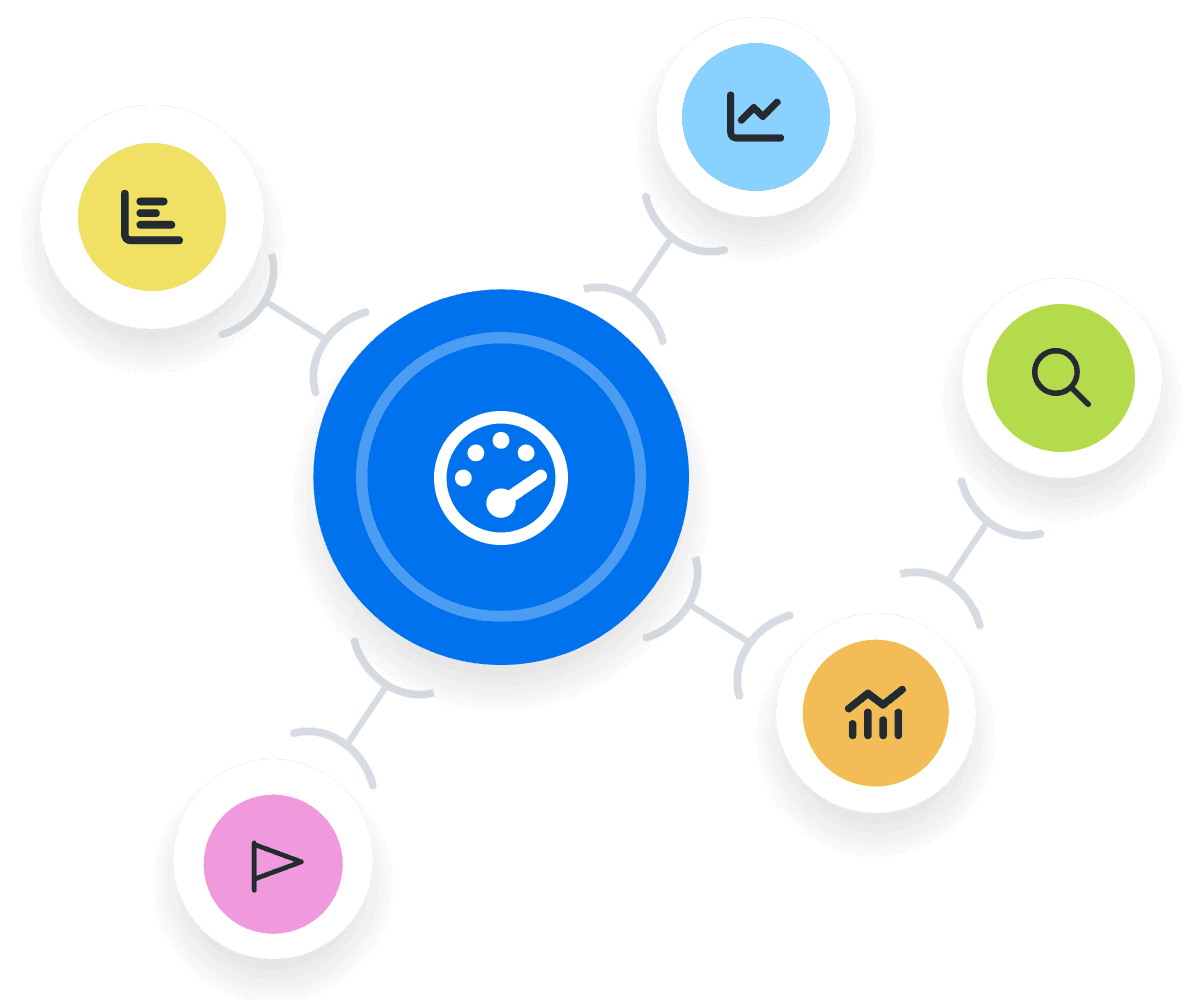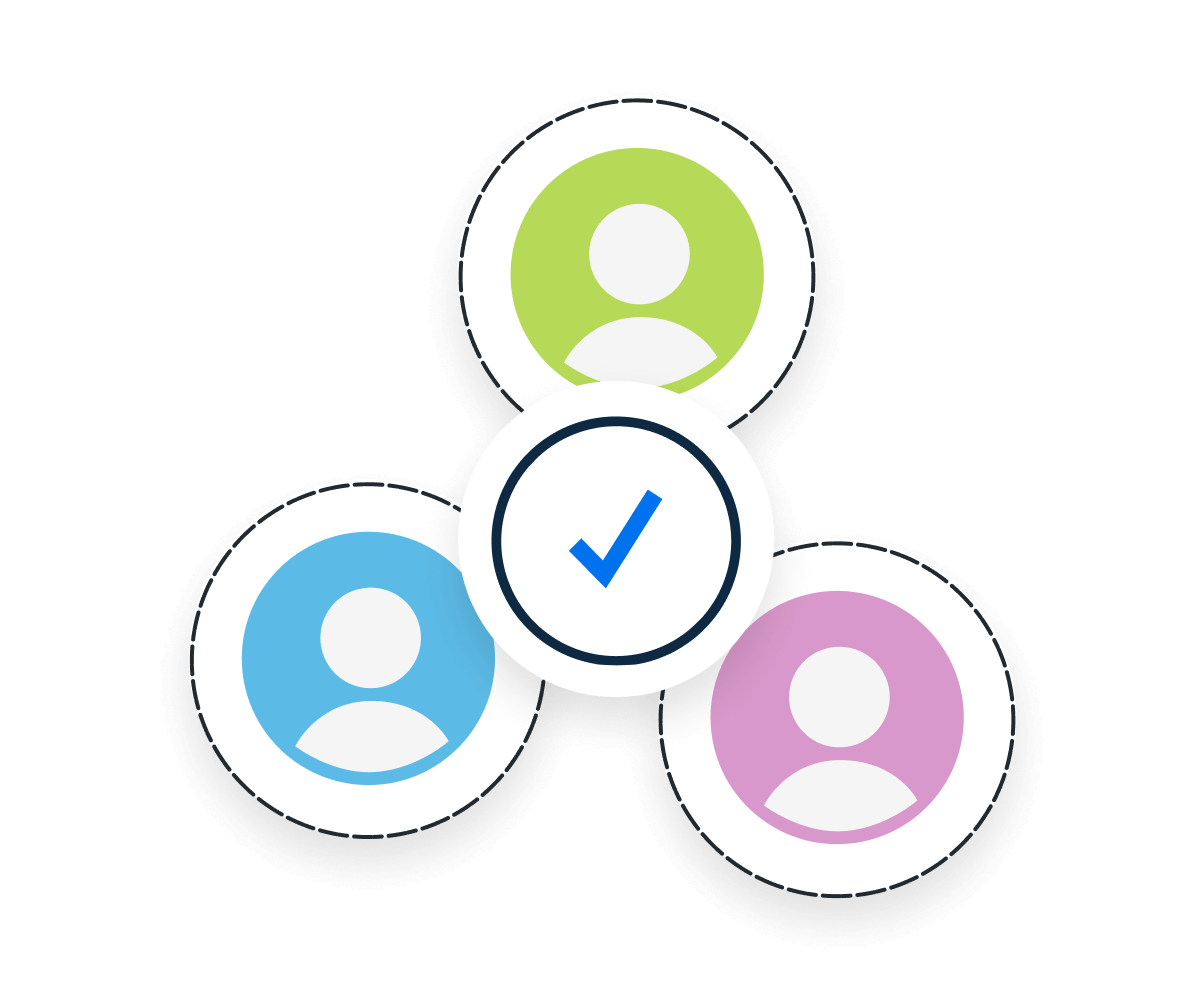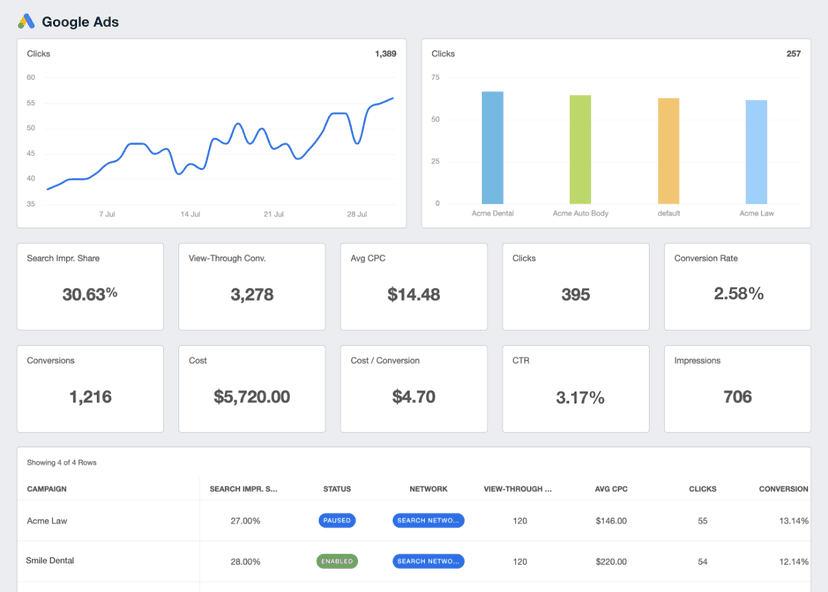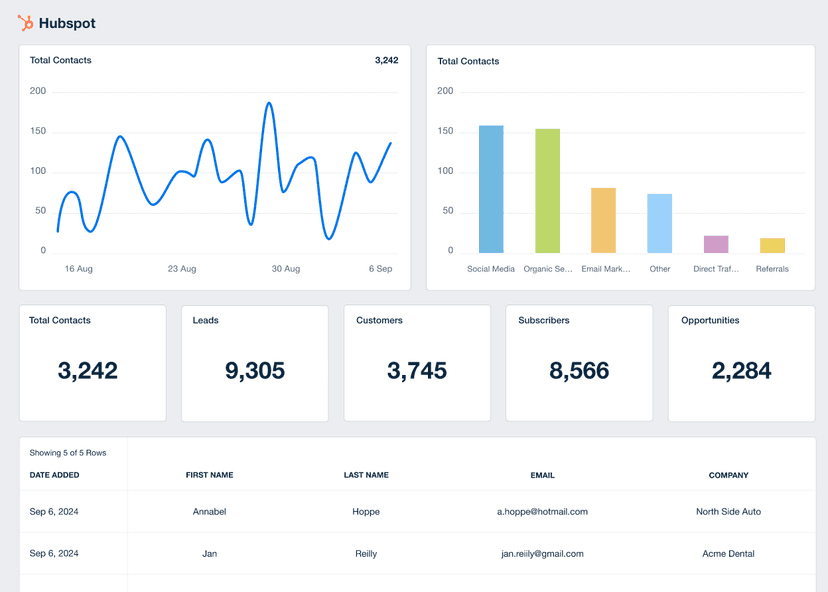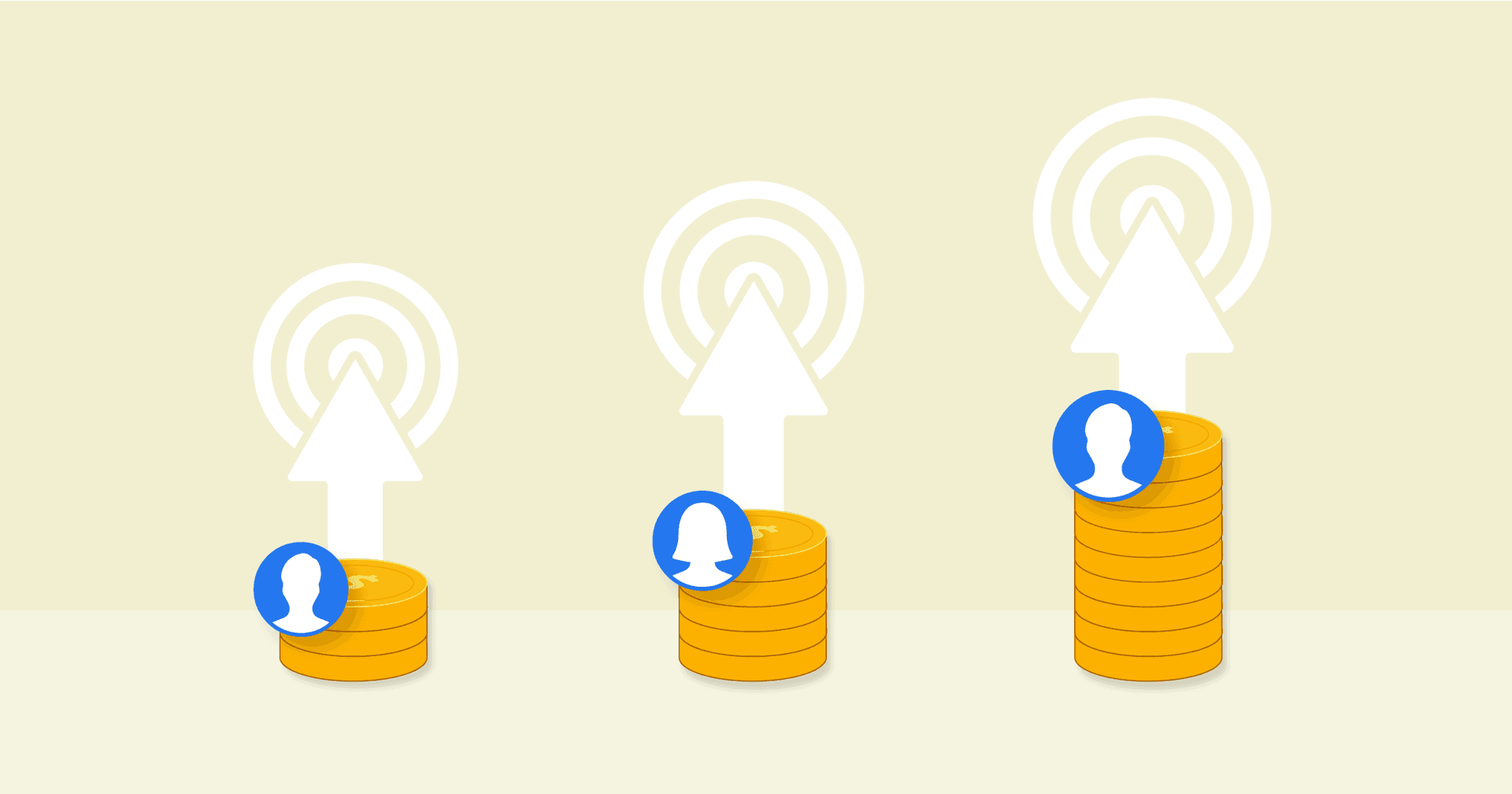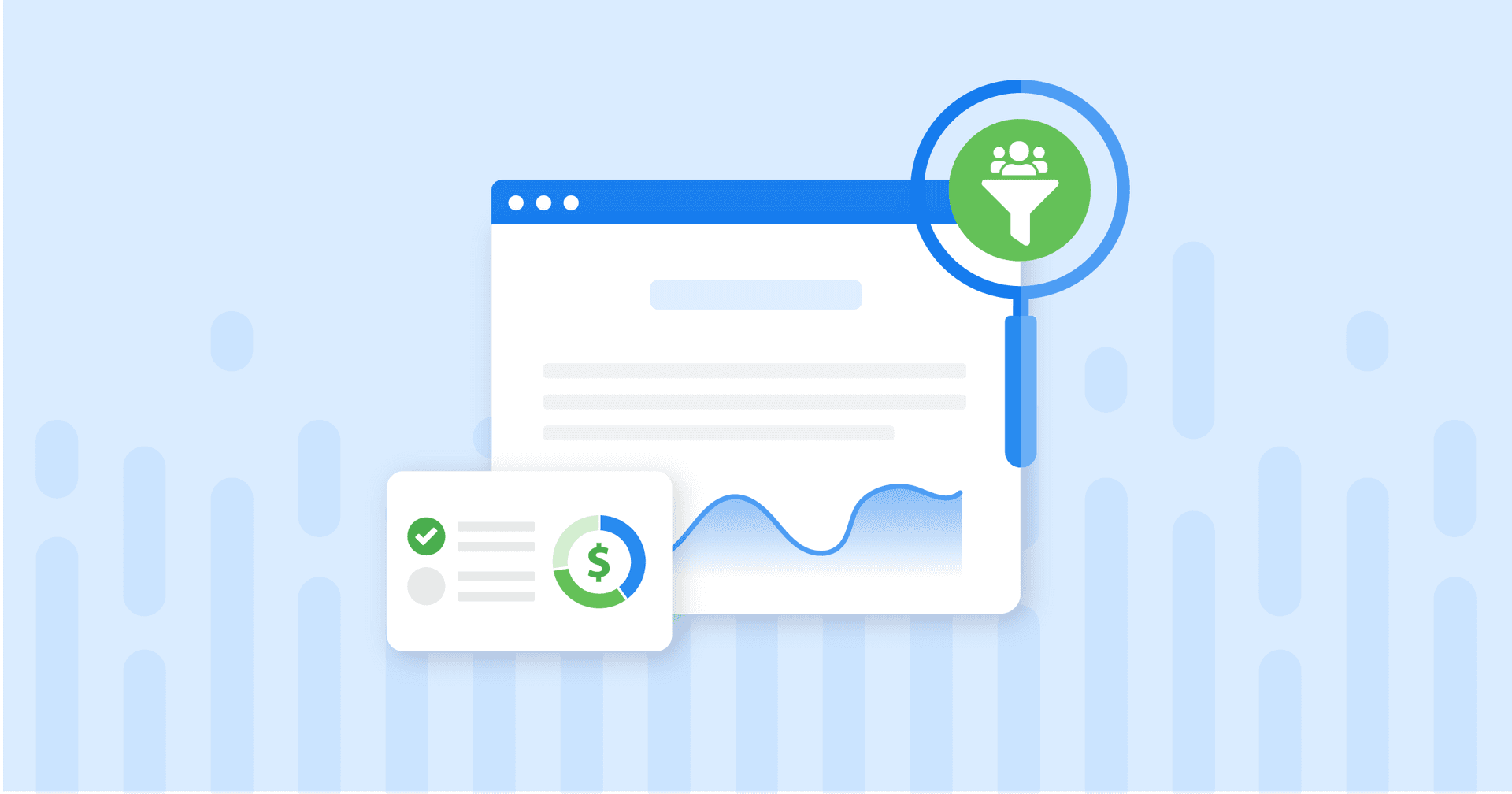Cost Per Lead (CPL)
Budget Focus
CPL data guides efficient budget allocation across marketing channels.
Targeting
Use CPL to refine audience targeting, focusing on cost-efficient groups.
Client Reports
CPL showcases campaign efficiency in client updates.
A/B Testing
CPL informs which campaign elements yield the most cost-effective leads.
Why Cost Per Lead Is Important
When every ad dollar counts, Cost per Lead is like the pulse of a marketing campaign's financial health. Tracking this metric offers an immediate window into how much bang a company gets for its marketing buck.
If the CPL is high, the marketing campaign may burn money faster than it should. On the other hand, a low lead cost usually means the campaign is working as a well-oiled machine, efficiently bringing in potential customers.
What makes CPL particularly vital is its immediacy. CPL provides the marketing team with instant insights, unlike metrics that require a long chain of events to become meaningful. Even if it is not being used as the online advertising pricing model, measuring CPL is a quick thermometer check in a fast-paced environment, helping to make timely adjustments.
Stop Wasting Time on Manual Reports... Get PPC Insights Faster With AgencyAnalytics
How CPL Interacts with Other Key Metrics
Cost per Lead is the social butterfly of KPIs, always mingling with other important figures. While CPL focuses on the acquisition cost of each lead, metrics–like sales team Conversion Rates and Average Order Value (AOV)–give a more nuanced view. For example, a low CPL combined with a high Conversion Rate is the dream team of metrics; leads are being acquired cost-effectively, and desired actions are being taken at a high rate.
Also, consider Lifetime Value (LTV) in this mix. A seemingly expensive CPL might be manageable if those leads have a high lifetime value. It's all about balancing the immediate financial implication of what the advertiser pays per lead with the longer-term profitability measured by metrics like AOV and CLTV.
By looking at CPL in conjunction with these other KPIs, a marketing agency or client gets a 360-degree view of ad campaign effectiveness.
Using Lead Stages to Drive Marketing Success
Differentiating lead stages is fundamental as it helps direct marketing efforts and budget. Marketing Qualified Lead (MQL), Product Qualified Lead (PQL), and Sales Qualified Lead (SQL) are key categories. An MQL shows initial interest, maybe through a downloaded resource. A PQL engages directly with a product, such as with a free trial, hinting at a higher purchase probability. An SQL is ready for sales engagement, having moved through earlier stages.
Recognizing the difference between qualified and unqualified leads optimizes total marketing spend, ensuring investments target leads more likely to convert. This understanding shapes marketing campaigns. By identifying the stage and the quality of inbound leads, resources are allocated effectively, focusing on turning leads into customers.
Know your client’s numbers. It is not all about you. It is about the relationship with them and helping them grow. Find out what the client is doing in revenue, what their closing rate is, and the average ticket. Then work backward to figure out if your advertising will even work out for them and what the cost per lead would have to be.
How To Calculate Cost Per Lead
Calculating Cost per Lead is straightforward but essential for understanding campaign costs. All that's needed is the total expenditure on a specific campaign and the number of leads that campaign generated. Sum up all the money spent on that campaign—think ad spend, creative costs, and any software subscriptions that directly supported it.
Divide the total campaign cost by the number of leads generated, and voila, that’s the CPL. It’s like calculating the average score of a game, simple but telling.
Cost Per Lead Formula Example
What Is a Good CPL?
Determining a reasonable Cost per Lead hinges on multiple factors: desired Return on Ad Spend (ROAS), Average Order Value (AOV), and lead conversion rate.
Start by working backward. Say the goal is to achieve a ROAS of 5x.
With an AOV of $100 and a lead conversion rate of 10%, each lead should ideally contribute an average of $10 to revenue.
To hit that 5x ROAS, aim for a CPL no higher than $2 (because $10 revenue per lead / 5 = $2).
The path to a profitable campaign becomes clearer by aligning CPL with these critical variables.
What Is a Bad CPL?
Just as there's a good side, there's a bad one too. What would be considered a bad CPL varies dramatically by industry.
For example, a $50 CPL might be great for a B2B software provider but terrible for an online clothing store.
However, it all circles back to the CPL, ROAS, AOV, and conversion rate relationship. If the CPL is consistently higher than these metrics suggest, then it's time for some adjustments.
And by adjustments, we mean trim the fat and get that campaign back into fighting shape.
How To Establish Custom CPL Benchmarks and Goals
When industry averages don't cut it or simply don't exist, agencies often create their own yardsticks for Cost per Lead. One common approach is historical performance analysis.
Agencies typically generate a custom CPL benchmark by examining past campaigns with similar goals, audiences, or products. Another angle is to focus on business objectives. For instance, if an agency knows a client aims for a 20% growth in revenue, they might set a CPL that aligns with the lifetime value of a customer, factoring in expected growth.
Why Cost Per Lead Matters to Clients
For clients, Cost per Lead is like the heartbeat of their campaign investment. Every beat (or, in this case, every lead) needs to improve the campaign's financial health, not worsen it.
First, the CPL tells clients how much they spend to get new leads and potential customers into the sales funnel. Lowering this number directly increases the ROI, making the C-suite sit up and pay attention.
Secondly, when clients observe the CPL in the context of customer lifetime value or average order value, it helps them make informed decisions on scaling their lead generation and overall marketing spend.
Why Cost Per Lead Matters to Agencies
From an agency's lens, CPL serves a different but equally crucial role in generating leads campaigns. Agencies want to provide value to clients, but they also want to show it.
A steadily reducing CPL clearly signals campaign effectiveness and optimization prowess. It's a fantastic way to earn bragging rights in a competitive market.
Another angle is resource and marketing budget allocation. By understanding the CPL, agencies quickly gauge which CPL campaigns are gobbling up the budget without delivering results. This insight allows for real-time shifts in strategy, taking money from underperforming campaigns and routing it to those showing promise.
Automatically Pull Data From {{integration-count}}+ Marketing Platforms To Create Client Reports in Minutes.
How To Analyze & Optimize Using Cost Per Lead
Gaining a nuanced understanding of Cost per Lead paves the way for smarter advertising choices. By dissecting CPL through different lenses, better campaign performance is not just a hope but an expectation.
Cost Per Lead Over Time
It's essential to track CPL on a timeline to identify patterns. Seasonal trends or sudden spikes offer invaluable insights. A consistent drop in CPL might signify a winning strategy, while an increase could mean it's time for a revamp.
Cost Per Lead Across Channels
Different platforms have different costs and potentials. Comparing CPL across channels like Facebook, Google Ads, and LinkedIn helps allocate budget more efficiently. A low CPL on one channel might justify increasing its budget share.
Show How Cost Per Lead Contributes to Client Goals
Every client has unique objectives: brand awareness, revenue growth, or customer retention. Tying CPL back to these goals to show the metric's true value is essential.
Put Cost Per Lead in the Context of Other Metrics
Clients need to know how CPL interacts with key performance indicators like conversion rate, average order value, and customer lifetime value. Understanding the interplay helps marketers make better decisions and elevates the campaign's overall health.
Trends and Anomalies in Cost Per Lead
A sudden spike could indicate ad fatigue, while a sharp drop might reveal a high-performing ad. It’s also important to balance any spikes or drops in lead quantity against the lead quality. A sudden influx of low-quality and low-converting leads is something to be addressed, not celebrated.
Visualize Cost Per Lead Performance
Charts and graphs help digest complex data quickly. When clients see an easy-to-understand visual representation of how CPL changes over time or across channels, it becomes easier for them to grasp the narrative. This visual story allows for better decision-making and highlights areas that need immediate attention.
We’ll help set up the flow of leads into the CRM and mark the leads with the channel and even the campaign source. Once those leads are closed, we can roll up to a cost-per-acquisition figure. Now, we can see what levers to pull across the entire MQL-SQL journey, whether it be better landing pages and conversion rates, or better close ratios on SQLs.
FAQs About Optimizing and Reporting on Cost Per Lead (CPL)
CPL is one of the most important metrics for measuring lead generation efficiency. These FAQs help your agency explain CPL, benchmark performance, and align client acquisition goals with marketing spend.
Cost Per Lead (CPL) is a key performance metric that shows how much it costs to generate one new lead. It’s calculated by dividing the total campaign spend by the number of leads it produces. If your client spent $1,000 and got 100 leads, their CPL would be $10. Use this number to evaluate whether their spend is generating enough value.
CPL is critical because it provides immediate feedback on campaign efficiency. A low CPL suggests that leads are being generated at a sustainable cost, while a high CPL flags overspending. Since CPL tracks results in real time, it helps agencies quickly adjust campaigns to stay within budget and improve ROI.
CPL often varies by channel due to audience intent, competition, and ad costs. For example, LinkedIn tends to have higher CPLs than Facebook but may generate more qualified leads. Comparing CPL across platforms helps allocate budget to the most cost-effective and results-driven channels.
CPL measures how much a client spends to get a lead. On the other hand, CAC measures how much was spent to turn that lead into a customer. If a client’s CPL is low but few leads convert, their CAC may still be high. Tracking both will contextualize the full cost of growth and where the funnel needs improvement.
Industry benchmarking tools provide agencies with context when evaluating a client’s CPL. A CPL that looks high in isolation may actually be below average for a specific industry or channel. Benchmarks help agencies set realistic expectations, identify outliers, and ensure CPL aligns with client ROI goals.
At the campaign level, CPL shows the cost efficiency of individual lead generation efforts, such as PPC ads or social campaigns. At the aggregate level, CPL combines results across all channels in the same time period, providing agencies with a more accurate picture of overall marketing efficiency.
Ad copy, audience targeting, and landing page optimization all have a significant impact on CPL. By continuously testing creative and refining targeting, agencies improve conversion rates and generate more leads at a lower cost without sacrificing quality.
A low CPL may look good, but if the leads aren’t qualified, the savings are wasted. Agencies should track CPL alongside other metrics like conversion rate, sales-qualified leads, and revenue impact to ensure the leads generated are valuable to the client’s business.
To reduce CPL without sacrificing quality, focus on refining audience targeting, optimizing landing pages, and adjusting bidding strategies. These tactics increase conversion rates while lowering costs. It also increases the chances of capturing the right leads for less money.
LinkedIn Ads Dashboard Example
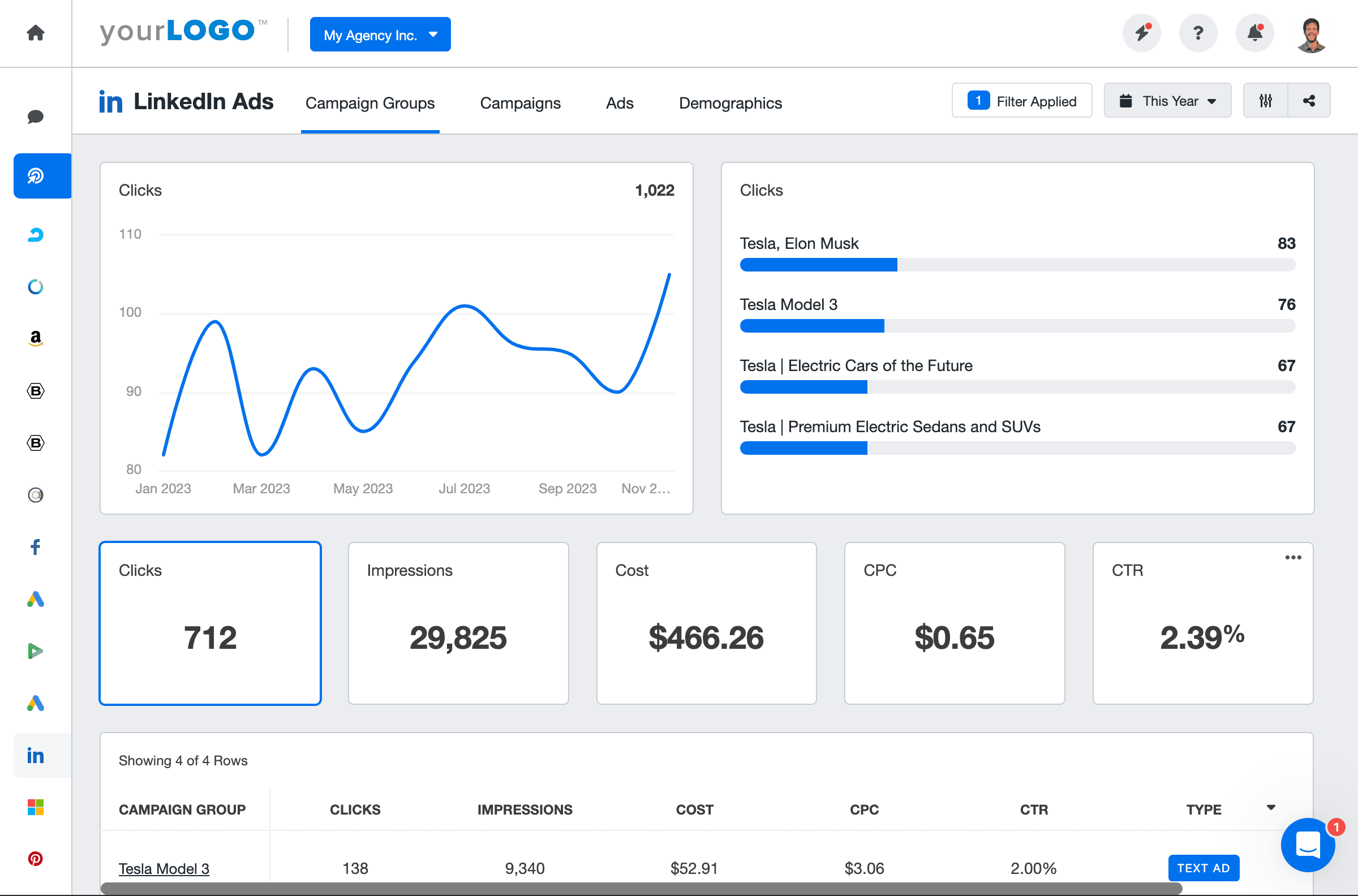
Related Integrations
How To Improve Cost Per Lead
Looking to lower CPL while maintaining or improving lead quality? These three tips offer actionable paths for campaign enhancement.
Refine Targeting
Tailor the audience for ads to increase lead relevance. Specificity in demographic and interest-based targeting decreases wasted ad spend.
Optimize Landing Pages
Landing page experience directly impacts CPL. Streamlining the layout and emphasizing call-to-action prompts lead to lower costs and higher conversions.
Adjust Bidding Strategies
Bid adjustments often have an immediate impact on CPL. Opt for strategies that focus on quality leads at a lower cost, such as dayparting, ad positions, and geographic bid adjustments.
Related Blog Posts
See how 7,000+ marketing agencies help clients win
Free 14-day trial. No credit card required.


